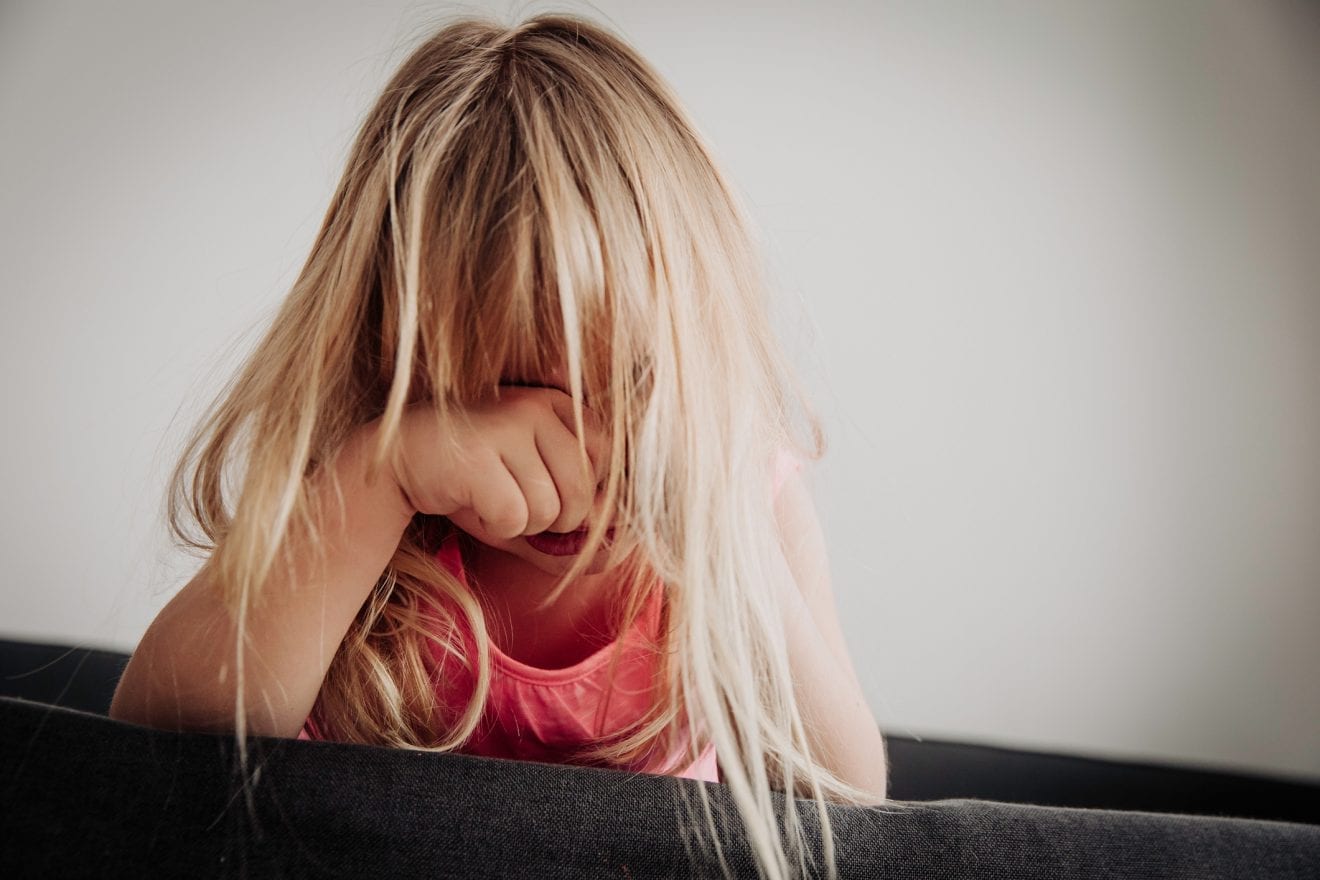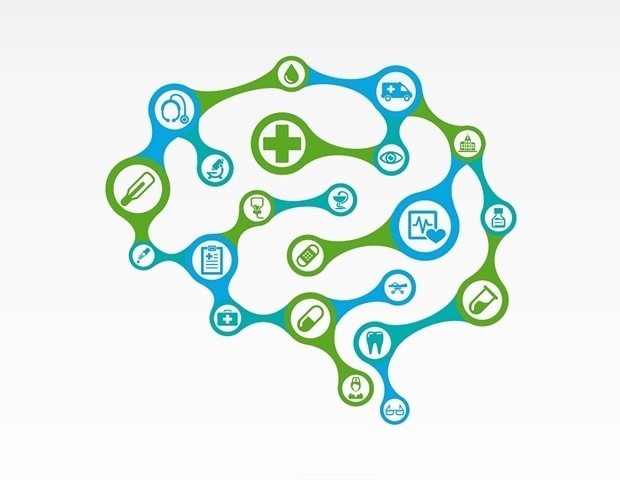It’s developmentally appropriate for our kids to experience fears and worries, and we can sometimes expect them to feel frightened or become distressed. However, when a child doesn’t outgrow these typical fears or their emotions and response to the fears are persistent, disproportionate, or interfere with activities like school, play, or socializing, we may need to consider whether they might be experiencing anxiety in childhood.
Anxiety Disorders That Affect Children
There are several situations in which children may display anxiety disorders, including the following:1,2
- Separation anxiety: Being fearful or distressed when away from primary caregivers.
- Social anxiety: Being worried about social situations or being in places where other people are at.
- Panic disorder: Experiencing sudden, intense physical symptoms such as heart racing, trouble breathing, dizziness, and swearing.
- Generalized anxiety disorder: Having more generalized worries, including fears about the future, bad things happening, or “what ifs.”
- Phobia: Having an intense, disproportionate fear of a specific thing or situation.
Please note that these disorders require an official diagnosis, and the information provided here is a very simplified summary of each to give a brief overview of the condition. Criteria to diagnose any of these conditions are much more nuanced and complicated and require a qualified medical provider.
General Anxiety Symptoms in Children
Symptoms of generalized anxiety include the following:1
- Excessive worries occur more days of the week than not for at least six months.
- Difficulty controlling worry.
- Restlessness, keyed up, on edge.
- Tired or easily fatigued.
- Irritability
- Difficulty concentrating
- Muscle tension
- Sleep disturbance or change to sleep patterns.
- Worry or fear causes a significant impact on areas of functioning and quality of life.
It’s important to note that children, due to the ongoing development of their language skills, may not be able to describe their worries adequately and are more likely to report physical symptoms, things like headaches, upset tummies, or want to avoid situations that bring up the worries, fears, or distress.
How Is Anxiety Diagnosed?
People often use the word “anxious.” While it’s normal for all of us to feel anxious sometimes, it’s very different from being someone with anxiety. If you are concerned about your child’s anxiety, the first step is to talk to your primary healthcare provider to arrange an evaluation. They will want to determine whether the anxiety symptoms are not because of some other diagnosis or life event, like trauma or ADHD.
The health professional will want to meet with you and your child to gather history, explore your concerns, and determine how the symptoms impact your child’s quality of life. The evaluation should also include a treatment plan that focuses on supporting you and your child to manage their symptoms. It may consist of changes to sleep, physical activity, diet, and therapy; although not as common, it may also include a discussion about medication.3,4
How Can I Support My Child?
One of the important ways to support your child with anxiety is to get professional medical help from a qualified provider. However, here are some ways you can support your child at home:5,6
Don’t Dismiss Their Fears
They might not feel or look like big worries to you, but they are real to your child. We also don’t want to accidentally support or affirm that “yes” is something big and scary. We can balance this by affirming their emotions, not what they are worried about. It’s pretty nuanced, but instead of saying, “Yes, it’s really scary when there is thunder and lightning,” you could say, “I can see you are feeling scared right now.”
Avoid Using Labels
Using labels like “anxious” or “shy” can create a self-fulfilling prophecy or undermine your child’s capacity to manage or develop the skills to manage their fears. It’s best to avoid using any specific labels for their fears.
Don’t Avoid Things They Are Anxious About
Instead, focus on coping strategies and supporting them through them. If your child engages in therapy, you might get some support or specific strategies to gradually expose them to trigger things or situations.
Don’t Overschedule Them
Help your child remain calm by giving them downtime and unscheduled time so they can process their day in their own way through play.
Model Behaviors
Show them how it’s done and how you manage your worries and fears, and be a calm example for them.
Talk to Their Doctor
Speak to your pediatrician or doctor about lifestyle changes that can support mental well-being – things that will support general health and well-being – like eating nutritious food, getting enough sleep, and factoring in exercise.
Stick to Routines
Keep to a routine where possible and practicable to help them feel secure and safe so they know what to expect and when to expect things.
When Should You Be Concerned About Your Child’s Anxiety?
It’s normal for us to have fears or worries of some kind. Still, you might want to consider seeking professional support if anxiety is stopping your child from doing the things they want or being able to enjoy something they previously enjoyed. Also, consider seeking help if your child’s behavior is (very) different from other children their age or their response to triggering situations, events, or other things seems unusually severe or disproportionate, and your child finds it hard to settle or manage their response. Anxiety can impact your child’s health and happiness, so don’t hesitate to seek support.7

 PARENTING TIPS
PARENTING TIPS PREGNANCY
PREGNANCY BABY CARE
BABY CARE TODDLERS
TODDLERS TEENS
TEENS HEALTH CARE
HEALTH CARE ACTIVITIES & CRAFTS
ACTIVITIES & CRAFTS


